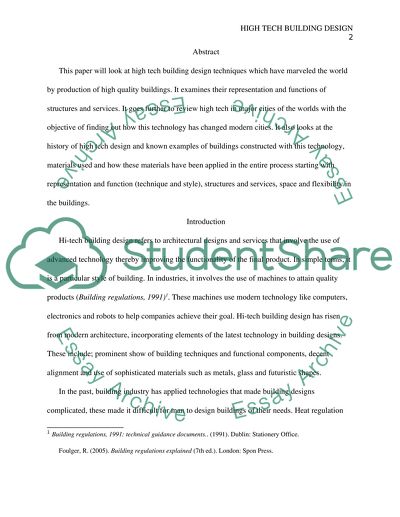Cite this document
(“High tech building design Essay Example | Topics and Well Written Essays - 2750 words”, n.d.)
Retrieved from https://studentshare.org/architecture/1396544-high-tech-building-design
Retrieved from https://studentshare.org/architecture/1396544-high-tech-building-design
(High Tech Building Design Essay Example | Topics and Well Written Essays - 2750 Words)
https://studentshare.org/architecture/1396544-high-tech-building-design.
https://studentshare.org/architecture/1396544-high-tech-building-design.
“High Tech Building Design Essay Example | Topics and Well Written Essays - 2750 Words”, n.d. https://studentshare.org/architecture/1396544-high-tech-building-design.


